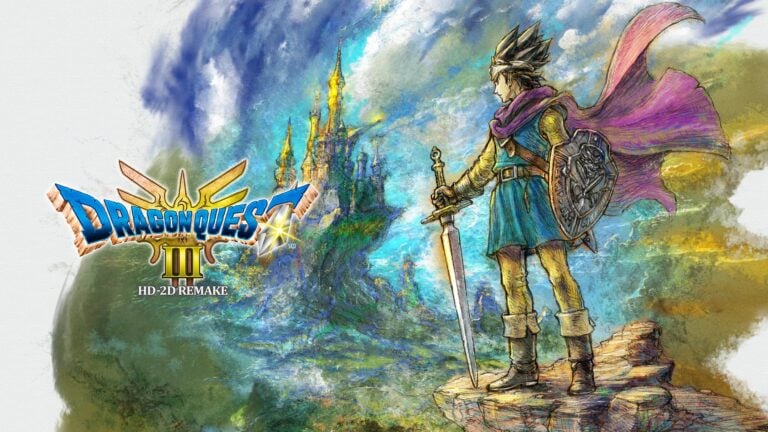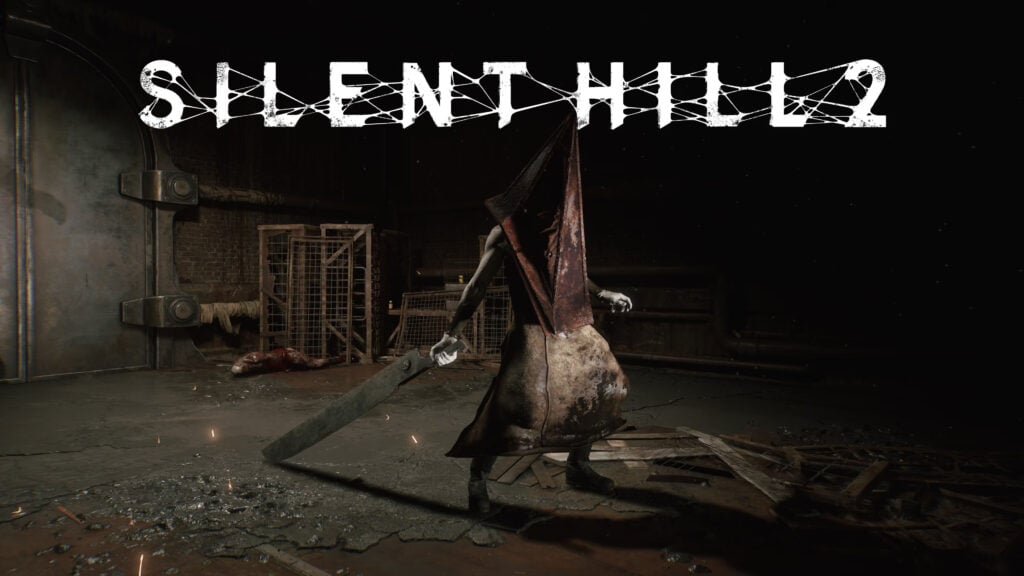Introduce
Hidden Chinese Chess - An Qi is a unique variant of Chinese Chess (Xiangqi) developed for the NES console, also known as Dark Chess or Blind Chess (Anqi). The core distinct feature of this game is that all pieces are initially face down, concealing their type and color from both players. Players take turns flipping their own pieces or revealing opponent's pieces when moving them or making a capture.
The basic rules are derived from traditional Chinese Chess but with significant modifications. Pieces have a power hierarchy from strongest to weakest: General, Advisor, Elephant, Chariot, Horse, Cannon, and Soldier. The primary objective is to capture all of the opponent's pieces or checkmate their General. Once a piece is flipped, its type and color are revealed, and it then follows the standard movement and capture rules of Chinese Chess.
However, the capture rules in Hidden Chinese Chess - An Qi have some crucial differences. Generally, a stronger piece can capture a weaker piece (e.g., Chariot captures Horse, Horse captures Elephant, etc.). The Soldier piece has a unique ability: it can capture the opponent's General, creating surprising turns. The Cannon retains its special ability: it moves any number of empty spaces but only captures a piece when there is exactly one piece (a "screen" or "pivot") between the Cannon and the piece being captured, regardless of whether the screen piece belongs to the player or the opponent.
The NES game offers a simple interface, focusing on the strategic experience. Players will need to remember the positions and types of flipped pieces, while also deducing the types of the opponent's unflipped pieces to formulate an effective strategy. The element of luck in the initial flip combined with deep strategic thinking is key to success in Hidden Chinese Chess - An Qi.






 (Ja) (NTSC) (Unl)-image.png)
